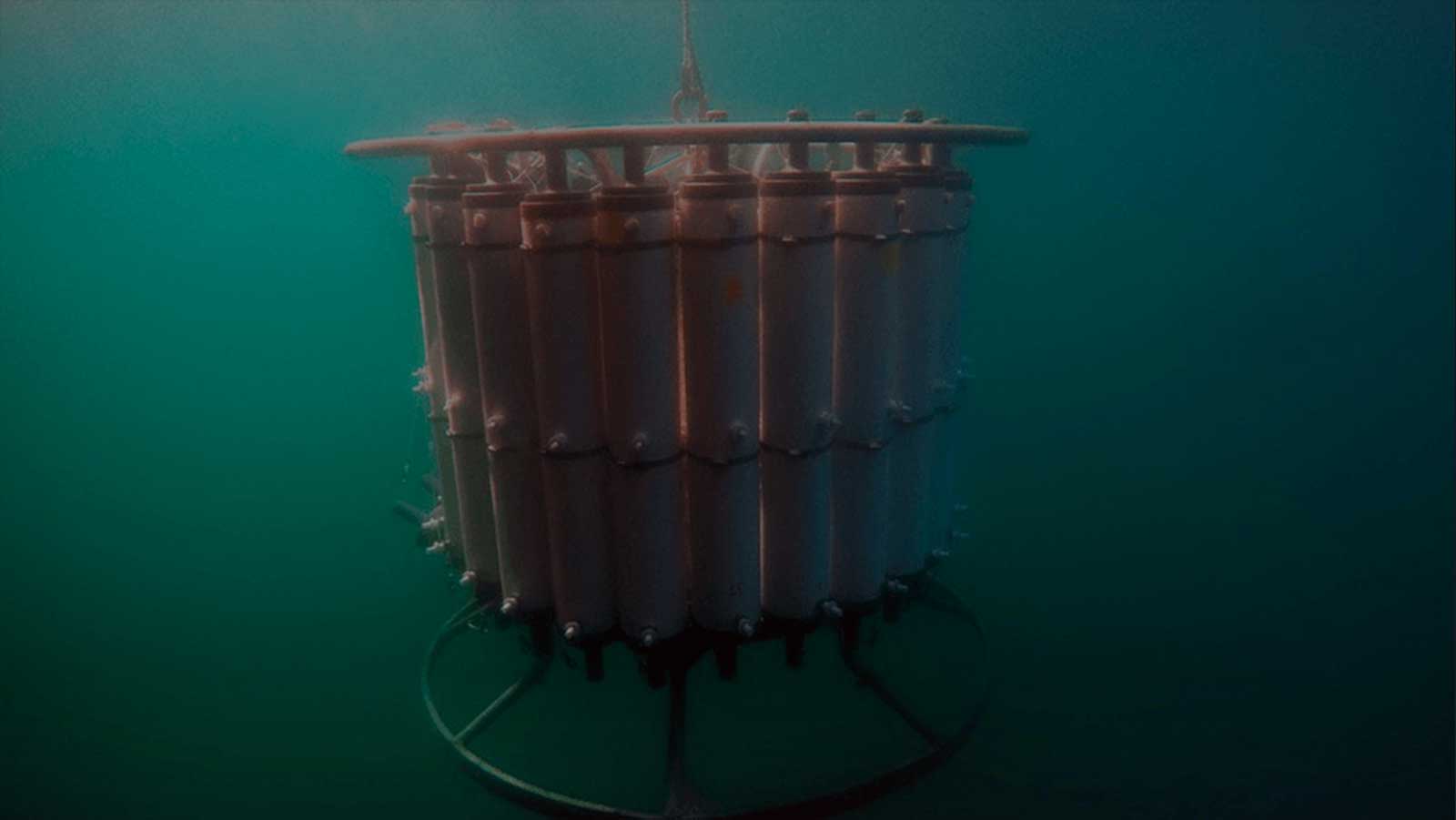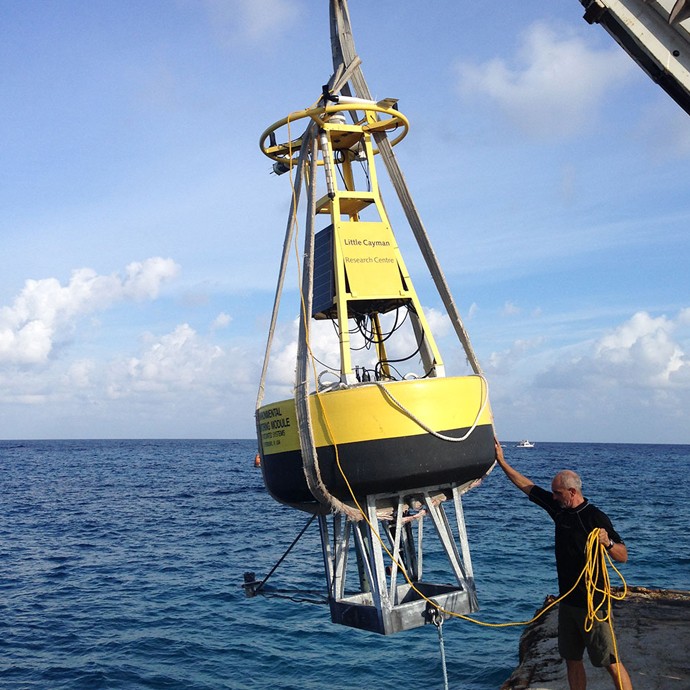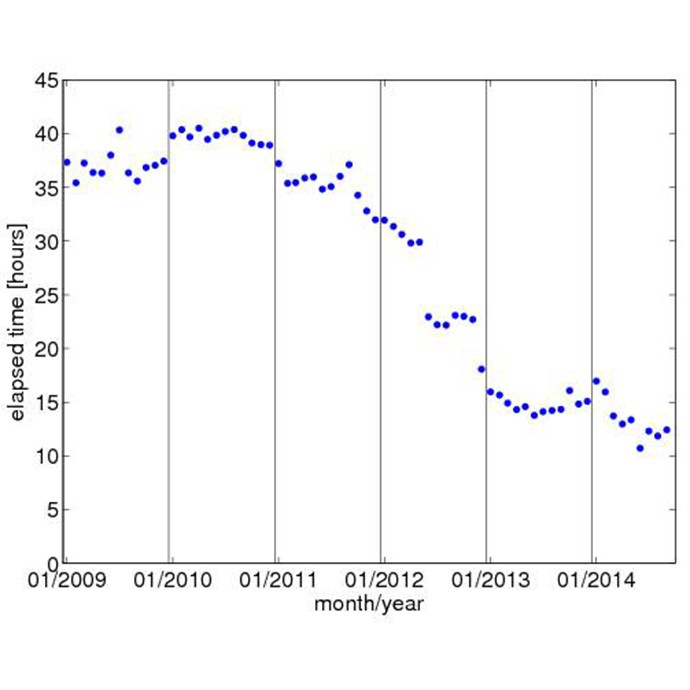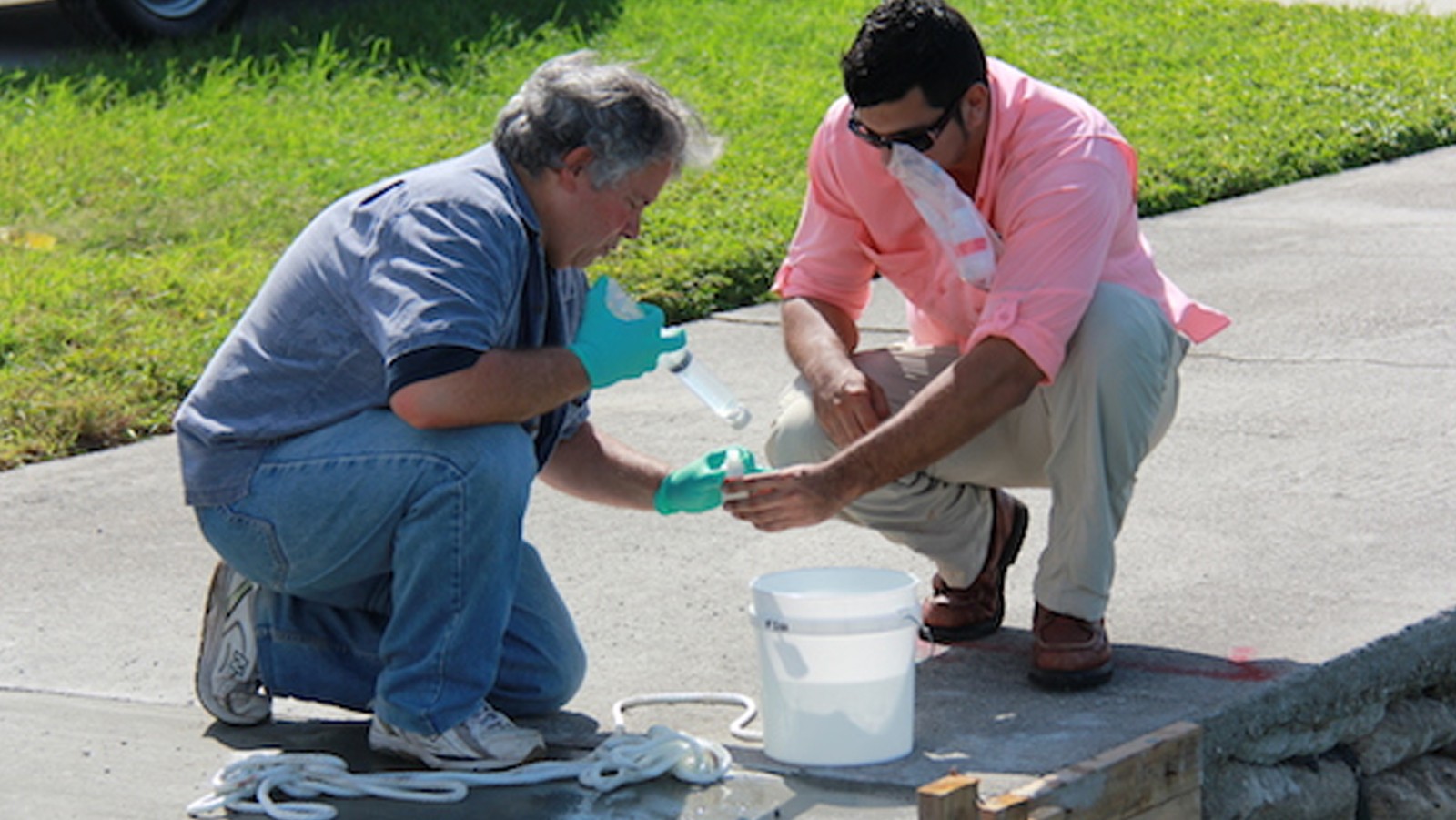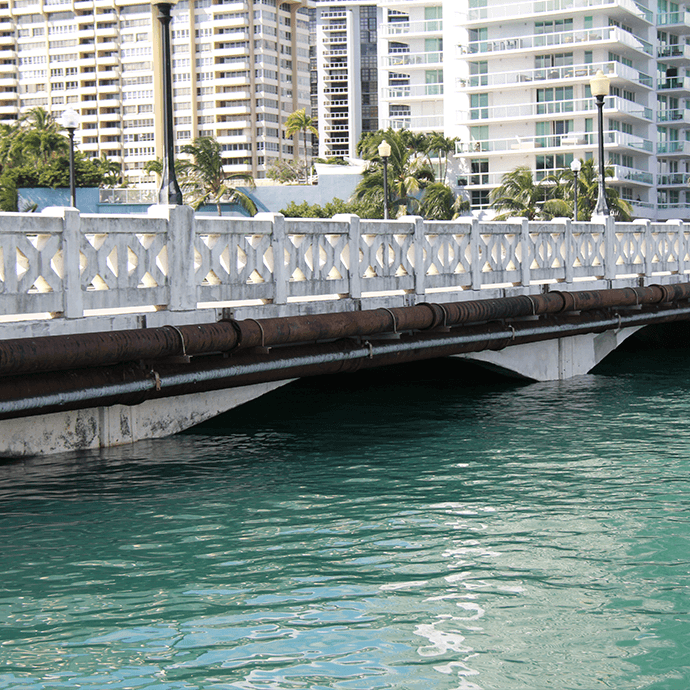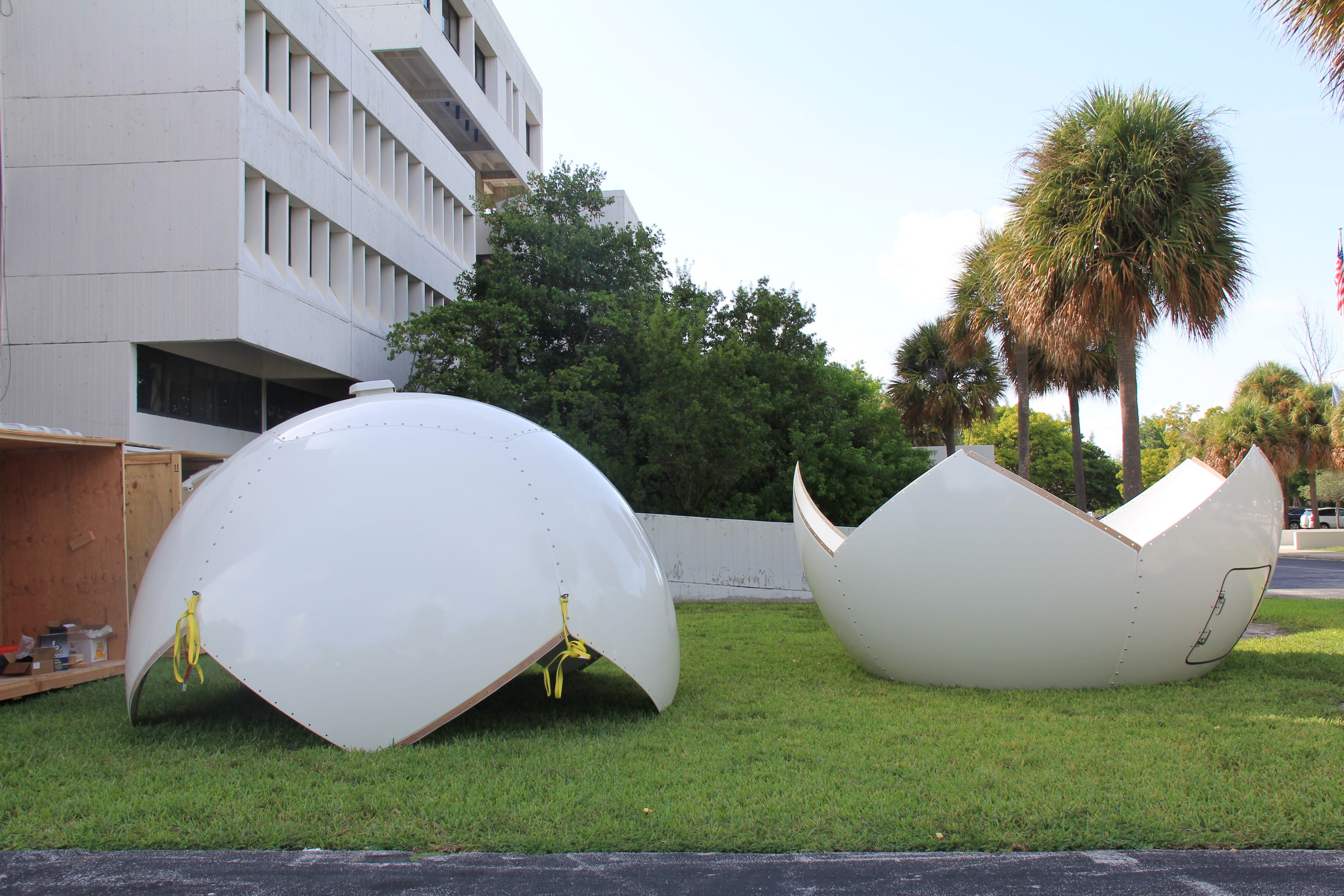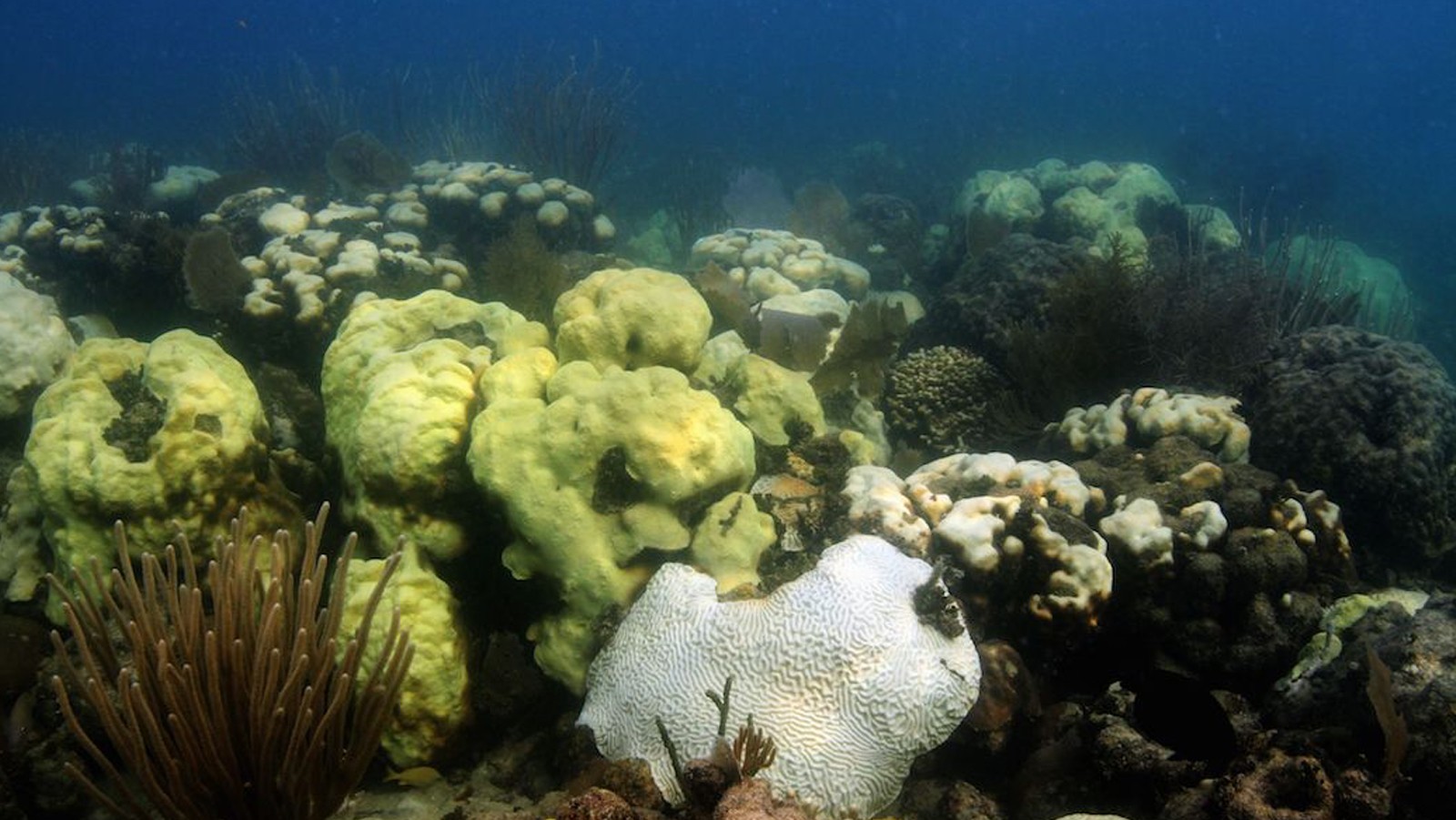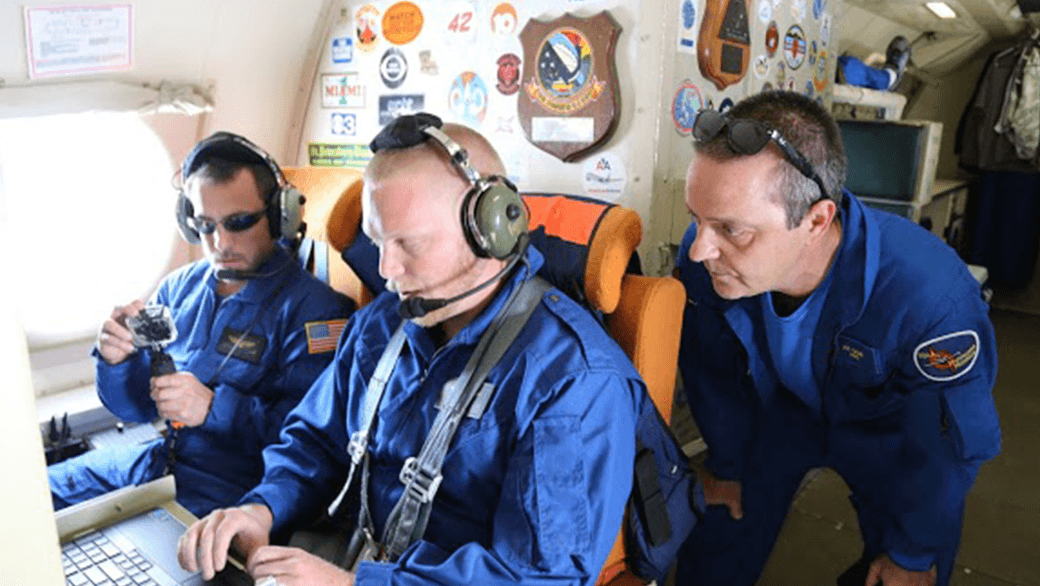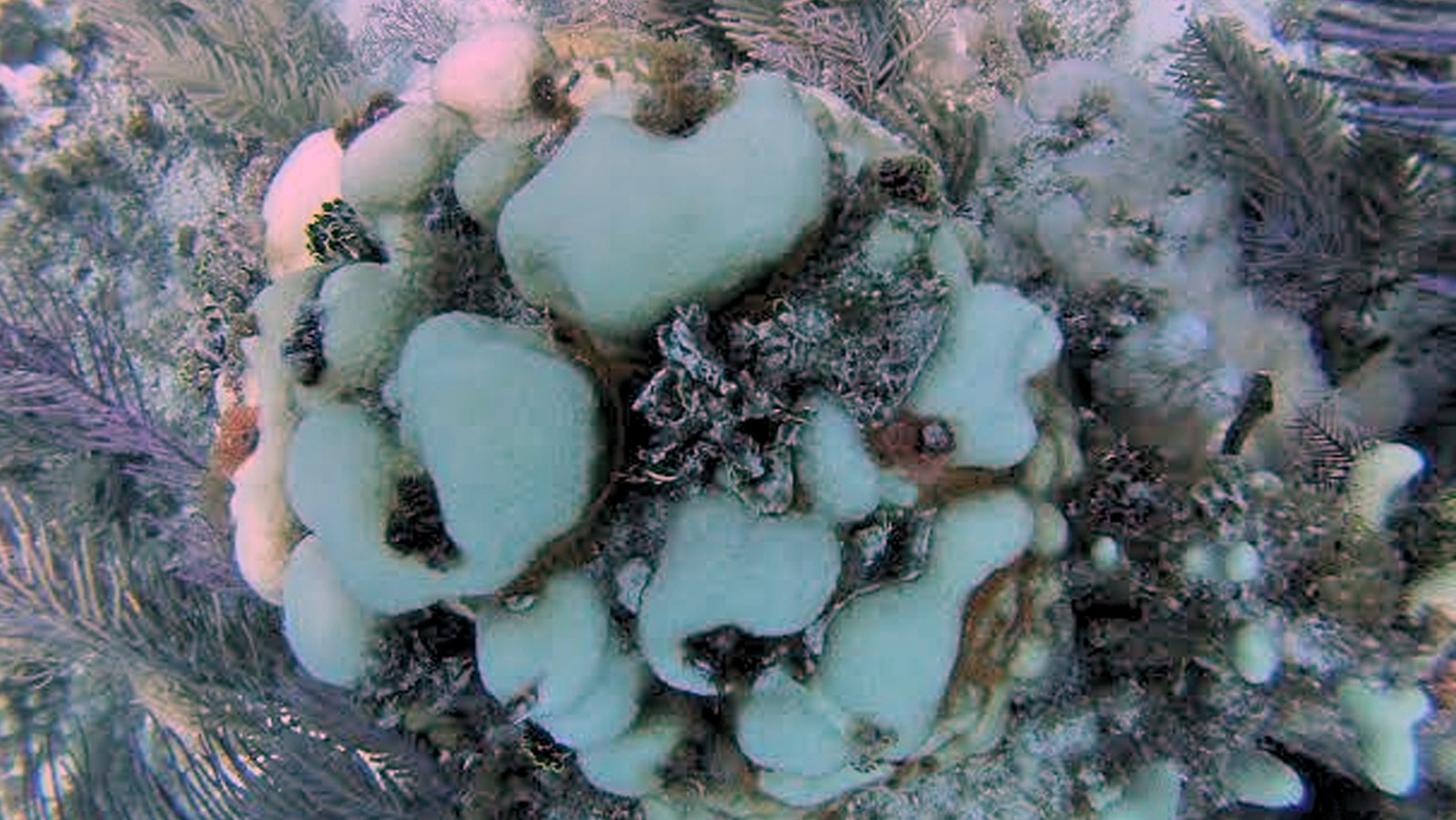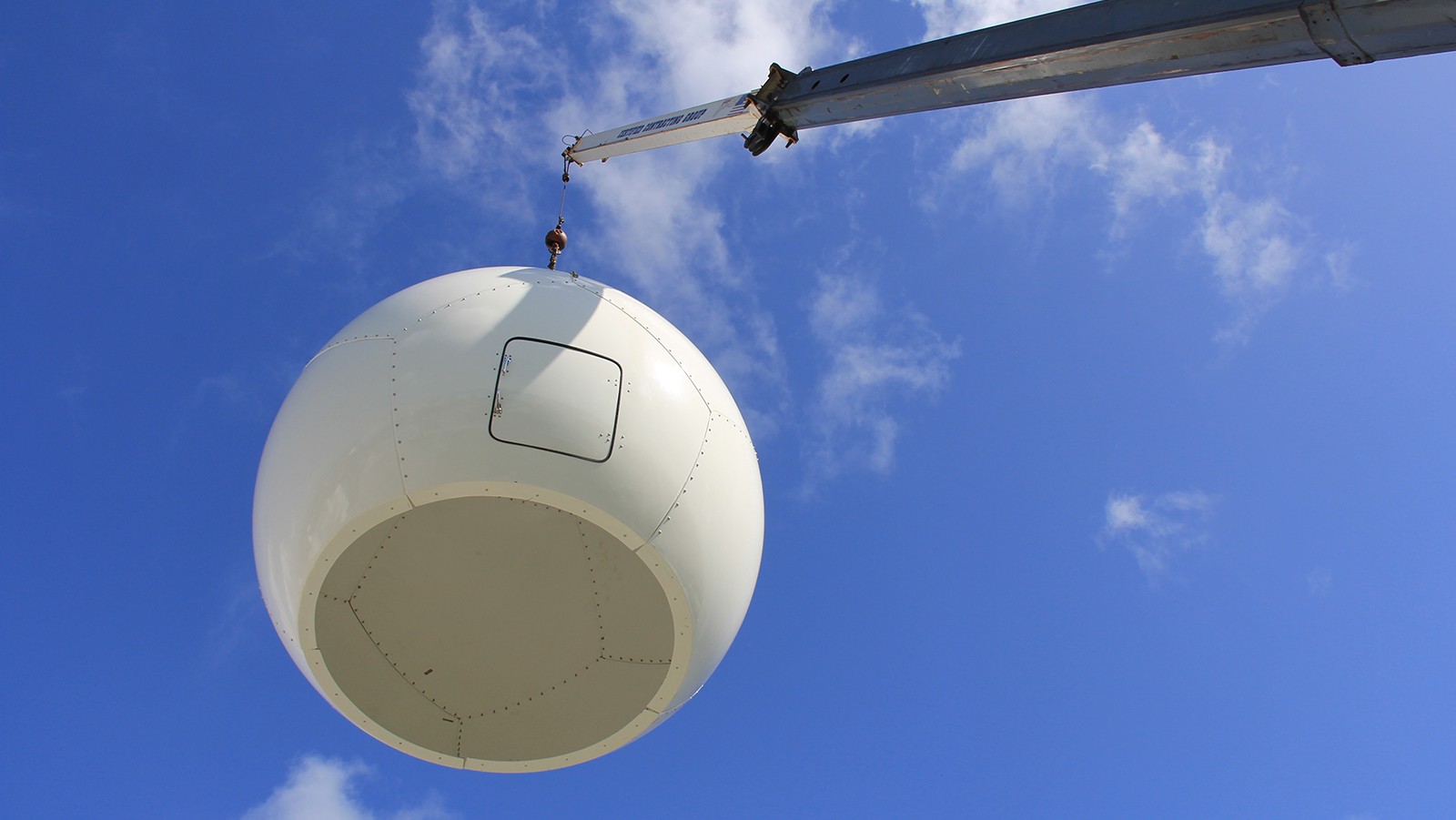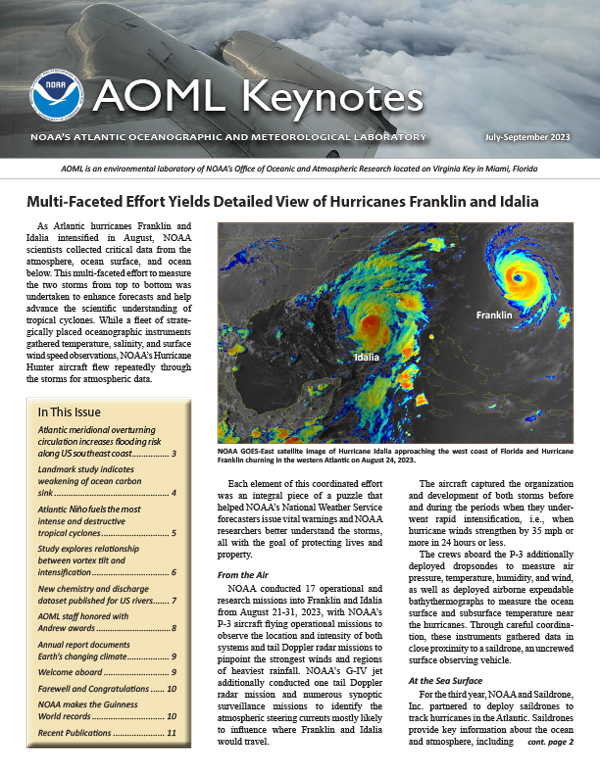NOAA Partners Join CalCofi to Examine the Potential of ‘Omics Research
NOAA’s Atlantic Oceanographic and Meteorological Laboratory is teaming up with NOAA’s Office of Ocean Exploration and Research, National Marine Fisheries Service, and Integrated Ocean Observing System, as well as the J.C. Venter Institute and the Scripps Institution of Oceanography to enhance ecosystem observation programs by integrating genome-enabled techniques and technologies (i.e., ‘omics) into the California Cooperative Oceanic Fisheries Investigations (CalCOFI). CalCOFI is a multi-partner, long-term ecosystem and fisheries study off the coast of California. The first quarterly CalCOFI expedition that included ‘omics recently completed at the end of November.
